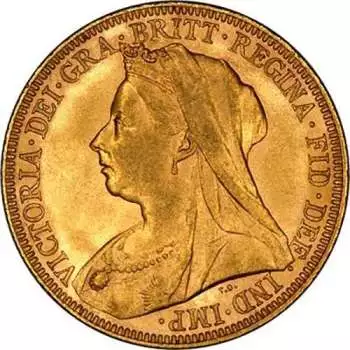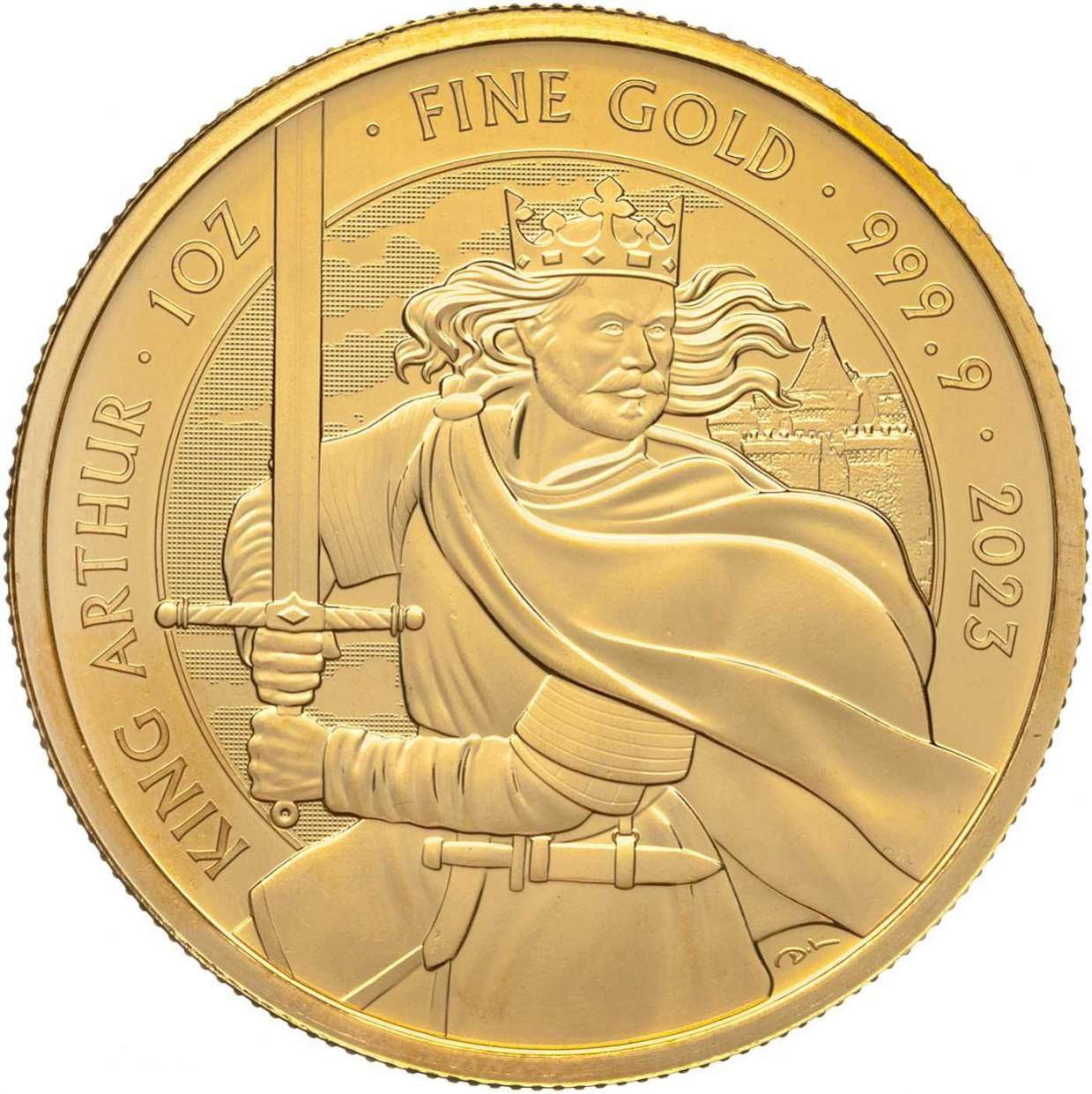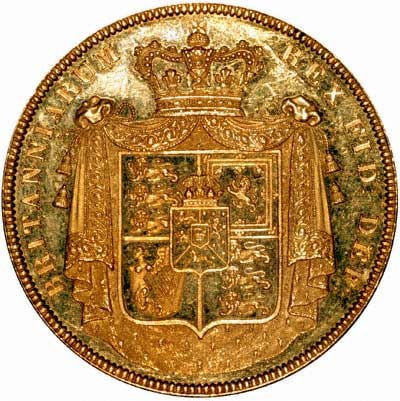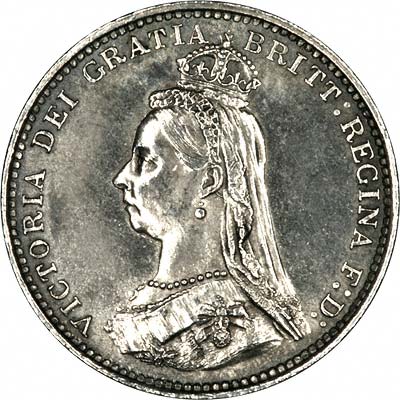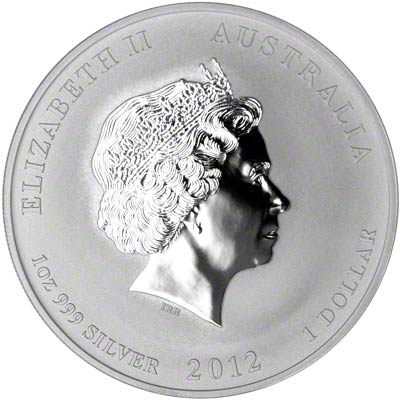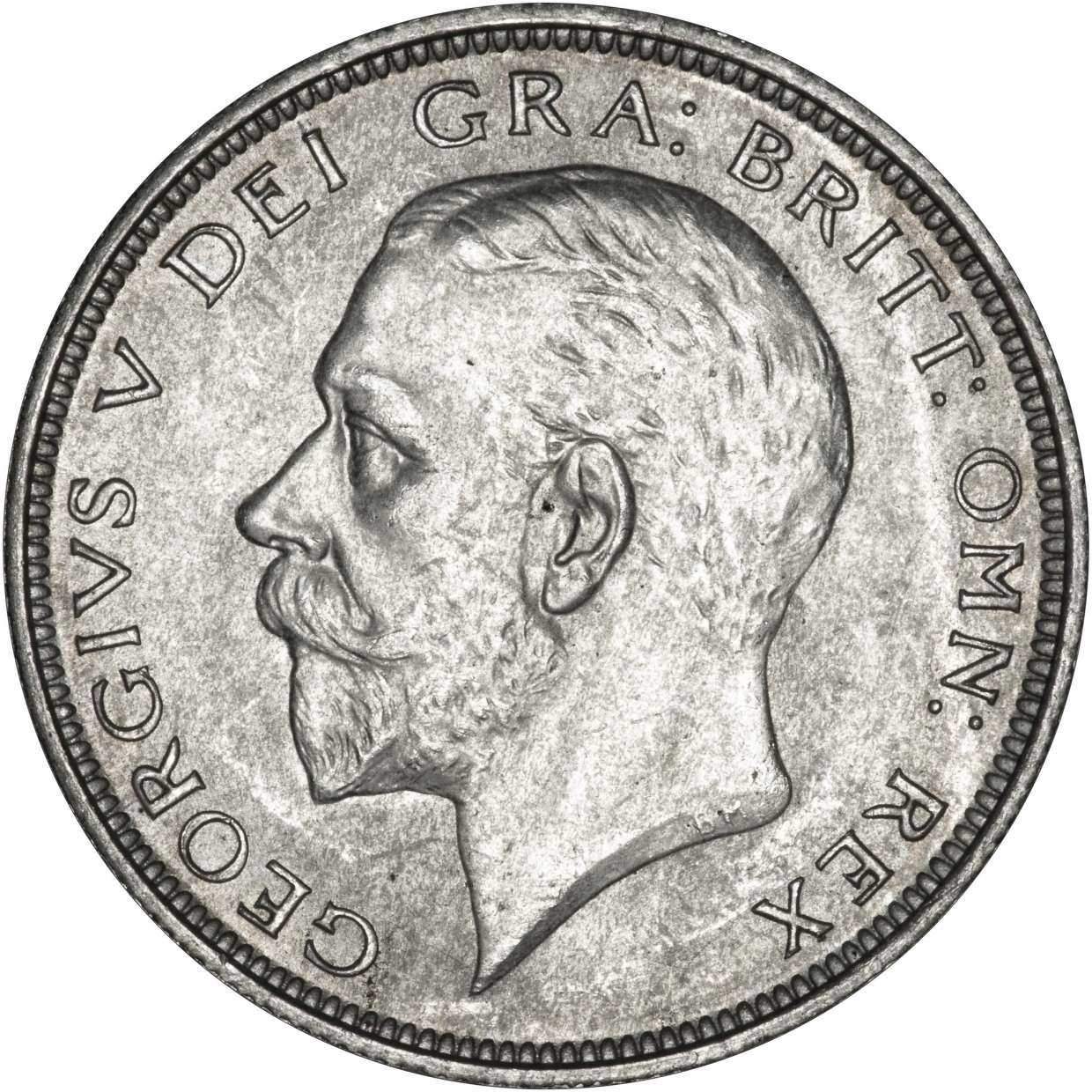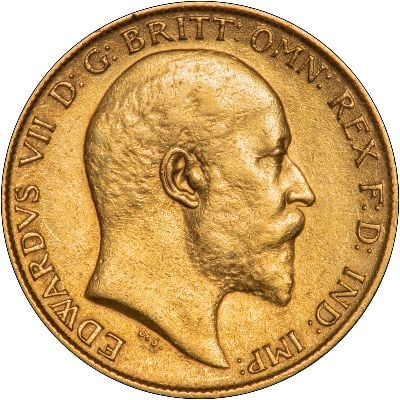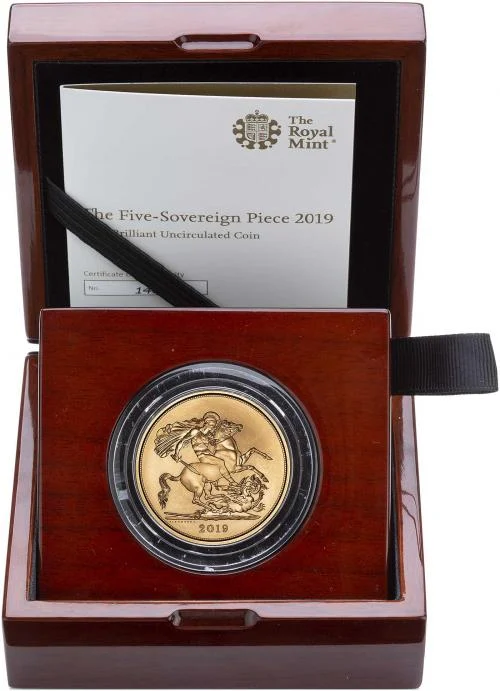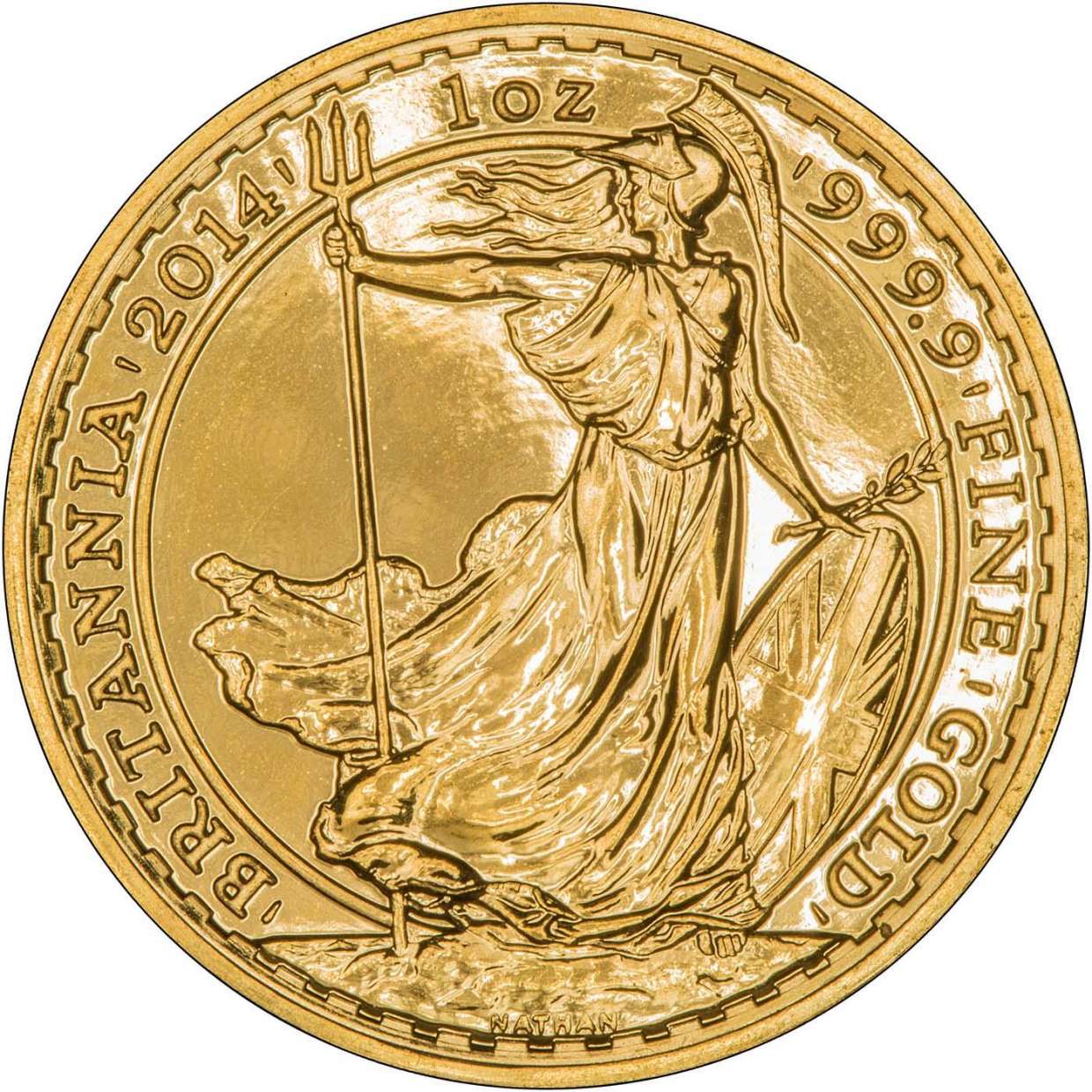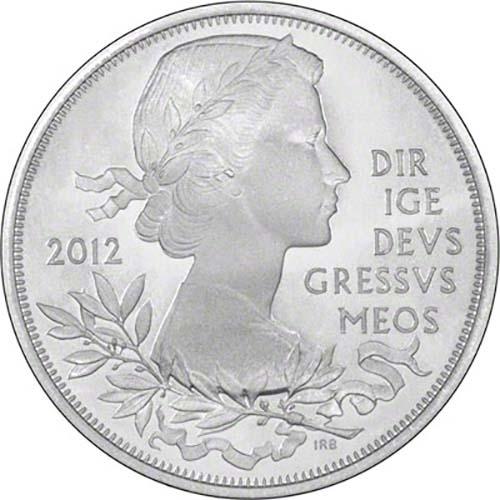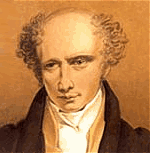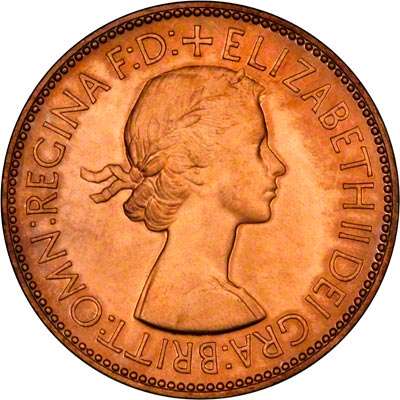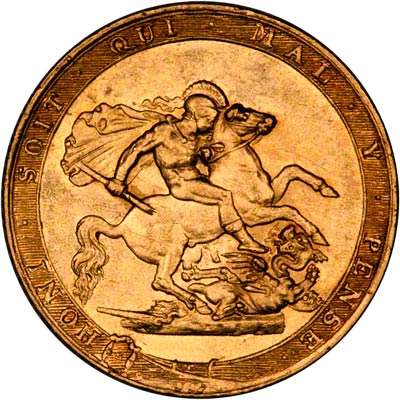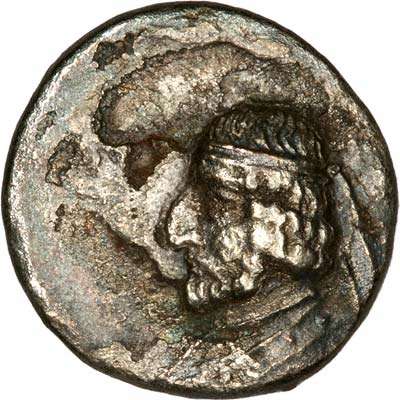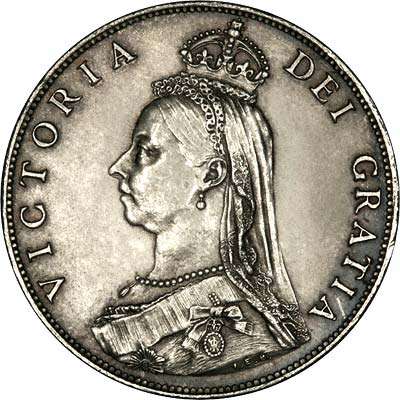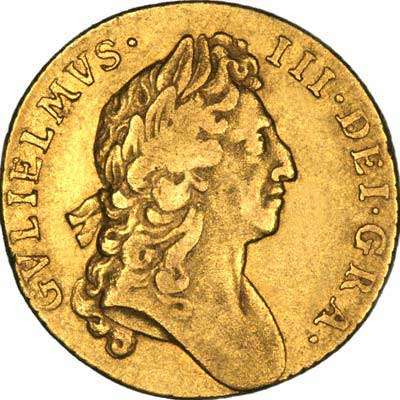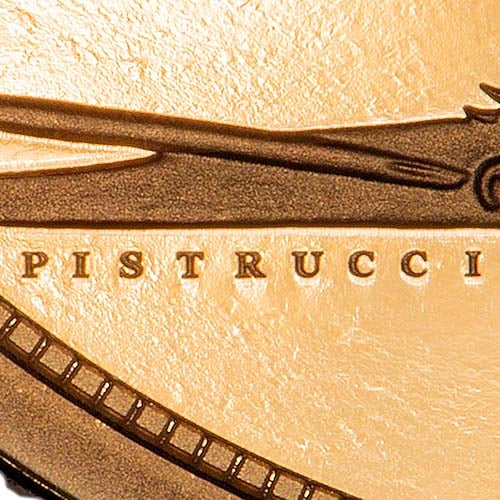Sir Thomas Brock Engraver of Queen Victoria
Synopsis
Born in 1847 Worcester, Sir Thomas Brock was educated at the Government School of Design. He launched his career at the Kerr & Binns porcelain works, initially sweeping floors before enrolling as an apprentice in 1859. At the age of 19 Brock set his sights on London, with his emerging talents being nurtured under the tutelage of leading sculptor John Henry Foley and enrolling into the Royal Academy Schools the following year.
Thomas worked on many busts and carvings of the period's most prominent figures, occasionally turning his hand to more creative sculptures. However, his most notable works comes from his portrait of Queen Victoria, with the engraving forming the Obverse of millions of British coins.

Early Years of Brock's Career
Upon Foley’s passing in 1874, the responsibility of completing his unfinished work fell to Thomas. Seeing the young artist finalise monuments of Prince Albert and the depiction of a Native American on horseback titled “A moment of peril”, amongst other works. It was Brock’s outstanding contribution to these pieces that helped him become recognised as a leading provider of portrait statue monuments.
Portrait of Queen Victoria
Although famed for his work on monuments and sculptures, Sir Thomas Brock’s most recognised work is his portrait of Queen Victoria. Appearing on all British coins from 1883 to the Queen’s death in 1901, the portrait showed the monarch at 78 years of age mourning the passing of her husband Prince Albert. This candid portrait earned the epithet, “old head, "widow head” or “veiled” Victoria and is considered one of the finest numismatic pieces of the period.
Before the sculptor's vision graced the reverse of over a million sovereign coins the regal portrait went up against submissions from 7 other artists, with Brock’s design being described as “dignified and distinctive” by the evaluating committee. The initial composition featured a small crown and laurel wreath, this was soon replaced by a tiara and veil at the request of the committee.
The Victoria Memorial
Brock’s regal work wasn’t limited to portraiture, nor was this his only work with Victoria. Whilst Thomas completed 7 statues of the Queen, it was the imperial Memorial to her, suitably found outside Buckingham Palace that earned him a knighthood. The finished monument was unveiled on the 16th May 1911 during an opulent ceremony, with King George V being so struck by its appearance Brock was knighted immediately. Brock’s work continued on the Queen Victoria Memorial until his death in 1922, with the sculpture eventually being completed 2 years later.
Further Reading
If you would like to read more about the art and design surrounding some of the most striking coins ever produced, you may want to visit these recommended pages:
The Sculptures and Engravers of British Coins
Related Blog Articles
This guide and its content is copyright of Chard (1964) Ltd - © Chard (1964) Ltd 2024. All rights reserved. Any redistribution or reproduction of part or all of the contents in any form is prohibited.
We are not financial advisers and we would always recommend that you consult with one prior to making any investment decision.
You can read more about copyright or our advice disclaimer on these links.



